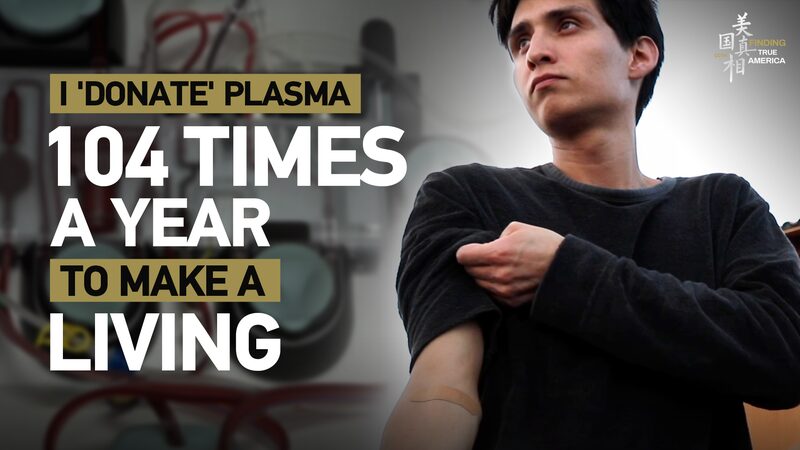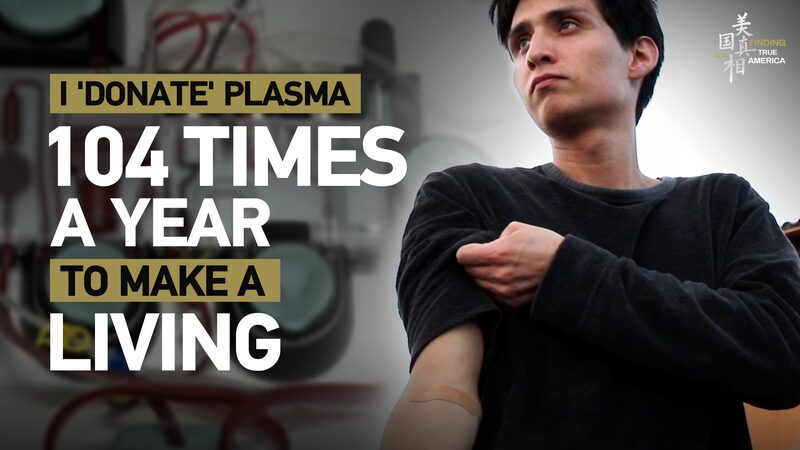In the United States, the business of plasma donation has become a multi-billion-dollar industry, accounting for 2.69 percent of total exports. Remarkably, the U.S. supplies 94 percent of the paid plasma used around the world. While most countries ban compensated blood donations, the U.S. allows individuals to “donate” plasma twice a week, totaling 104 times a year, for an average payment of $35 to $65 per visit.
For many, this presents a vital source of income. Take the story of Eleazar Sanchez, a Mexican immigrant working as an assistant at a nursing home in the U.S. Despite earning $1,200 per month, his salary is insufficient to cover the costs of living for his family. To make ends meet, Sanchez “donates” plasma twice a week, earning an additional $500 per month. This extra income helps him pay bills and rent, a routine he has maintained for over a year.
“It’s helpful, an extra help, but it’s something I don’t want to do forever,” Sanchez admits. His sentiment echoes the experiences of many others who rely on plasma donation as a financial lifeline. The demanding schedule of frequent plasma donations raises questions about the economic pressures faced by immigrants and low-income workers in the U.S.
The practice of paid plasma donation in the U.S. contrasts sharply with policies in many Asian countries, where compensating blood donors is prohibited. This difference highlights varying global approaches to healthcare ethics and economic necessity. As the U.S. continues to be a major supplier of plasma worldwide, stories like Sanchez’s shed light on the human side of this industry and the lengths individuals go to support their families.
Reference(s):
cgtn.com








